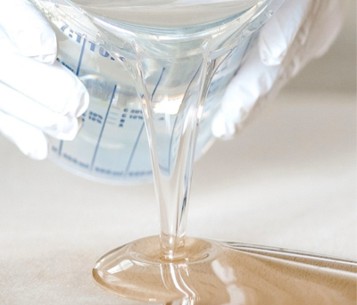🧪 Hot Melt Pressure Sensitive Adhesives vs. Hot Melt Adhesives: What’s the Difference?
Adhesives are essential in countless industries—from packaging and automotive to textiles and electronics. Two standout types are Hot Melt Adhesives (HMAs) and Hot Melt Pressure Sensitive Adhesives (HMPSAs). While they share a common base in thermoplastic technology, their behavior and applications differ significantly.
🔥 What Are Hot Melt Adhesives (HMAs)?
Hot Melt Adhesives are 100% solid thermoplastics that are applied in a molten state. Once cooled, they solidify and form a strong bond. HMAs are widely used in fast-paced manufacturing environments due to their rapid setting time and solvent-free nature.
Key Characteristics:
- Applied hot, solidifies upon cooling
- Strong, durable bond
- Typically non-tacky at room temperature
- Ideal for permanent bonding
- Common in bookbinding, woodworking, packaging, and product assembly
🧲 What Are Hot Melt Pressure Sensitive Adhesives (HMPSAs)?
HMPSAs are a specialized subset of HMAs. They are formulated to remain tacky at room temperature, allowing them to bond under light pressure without reheating. This makes them perfect for applications requiring repositionability or long open times.
Key Characteristics:
- Remains tacky at room temperature
- Bonds with light pressure
- No curing required
- Unlimited open time
- Used in tapes, labels, hygiene products, and removable packaging
⚖️ Side-by-Side Comparison
|
Feature |
Hot Melt Adhesive (HMA) |
Hot Melt Pressure Sensitive Adhesive (HMPSA) |
|
Application Temperature |
Requires heating |
Requires heating but remains tacky afterward |
|
Bonding Method |
Solidifies upon cooling |
Bonds with pressure at room temperature |
|
Tackiness at Room Temp |
Non-tacky |
Tacky |
|
Open Time |
Short |
Unlimited |
|
Repositionability |
Low |
High |
|
Common Uses |
Packaging, furniture, assembly |
Labels, tapes, hygiene products |
Sources:
🧠 Choosing the Right Adhesive
- Use HMAs when you need a fast, strong, and permanent bond—especially in high-speed production lines.
- Use HMPSAs when flexibility, repositionability, and long open time are important—ideal for consumer goods and pressure-applied products.
🏁 Final Thoughts
Both HMAs and HMPSAs offer unique advantages tailored to different industrial needs. Understanding their properties helps manufacturers optimize performance, reduce waste, and improve product quality.
